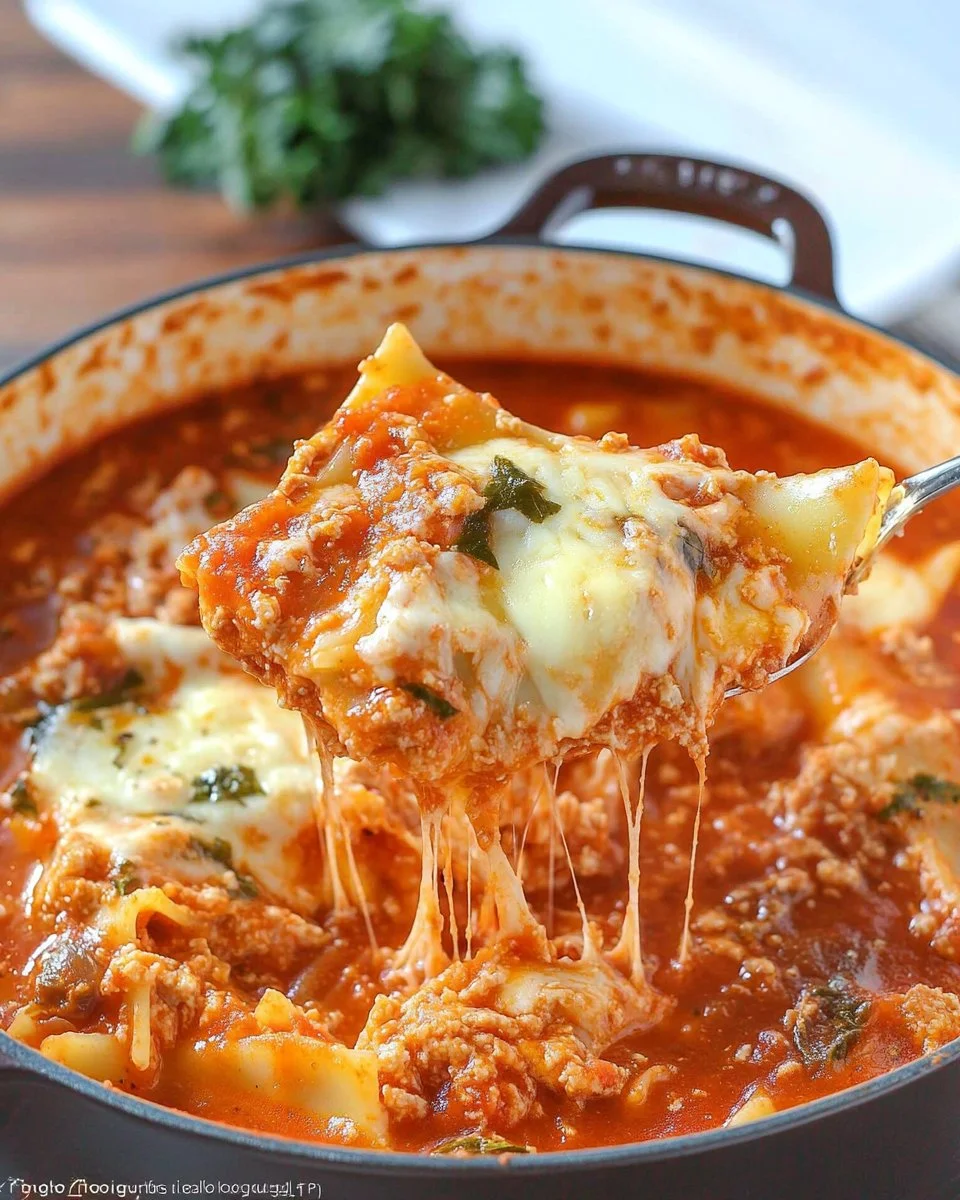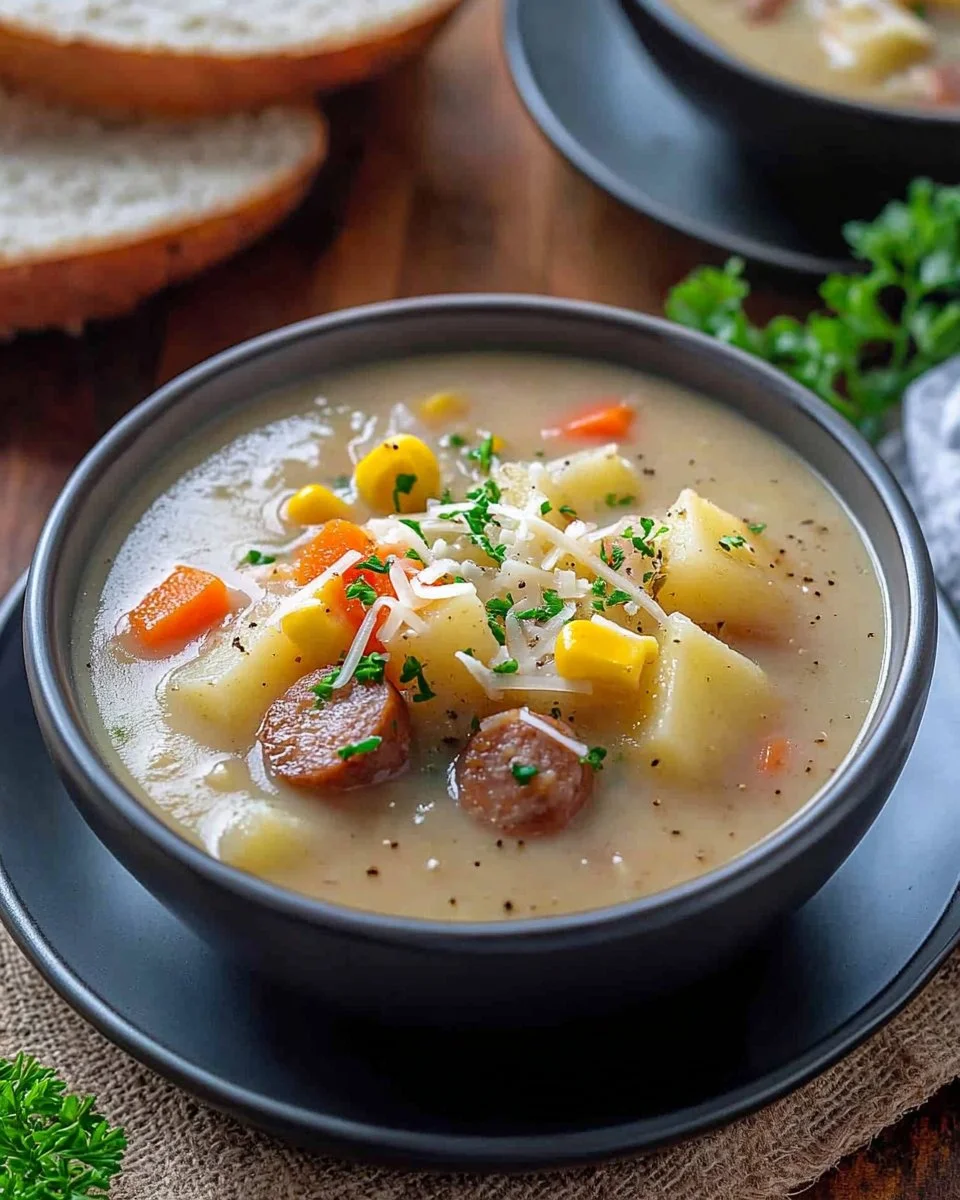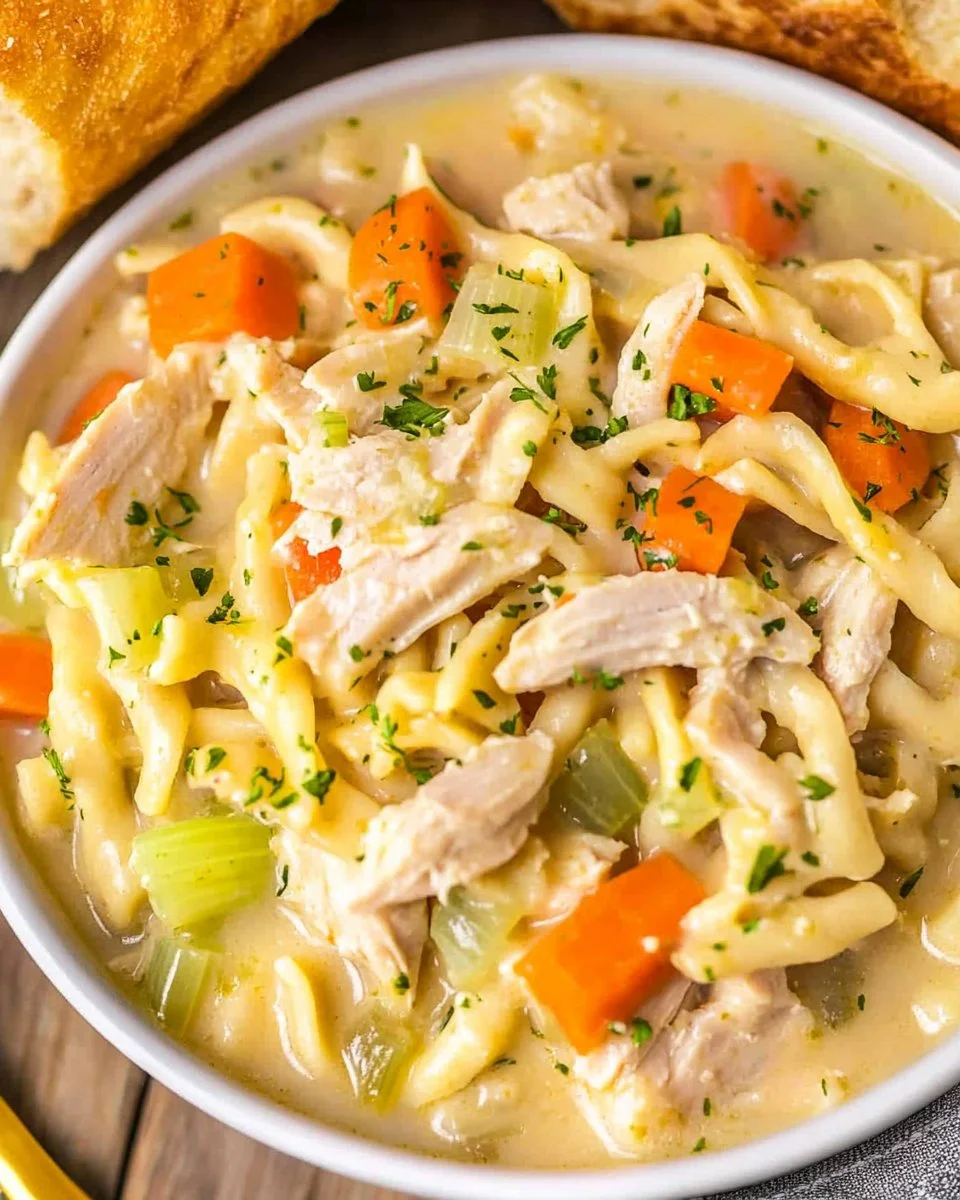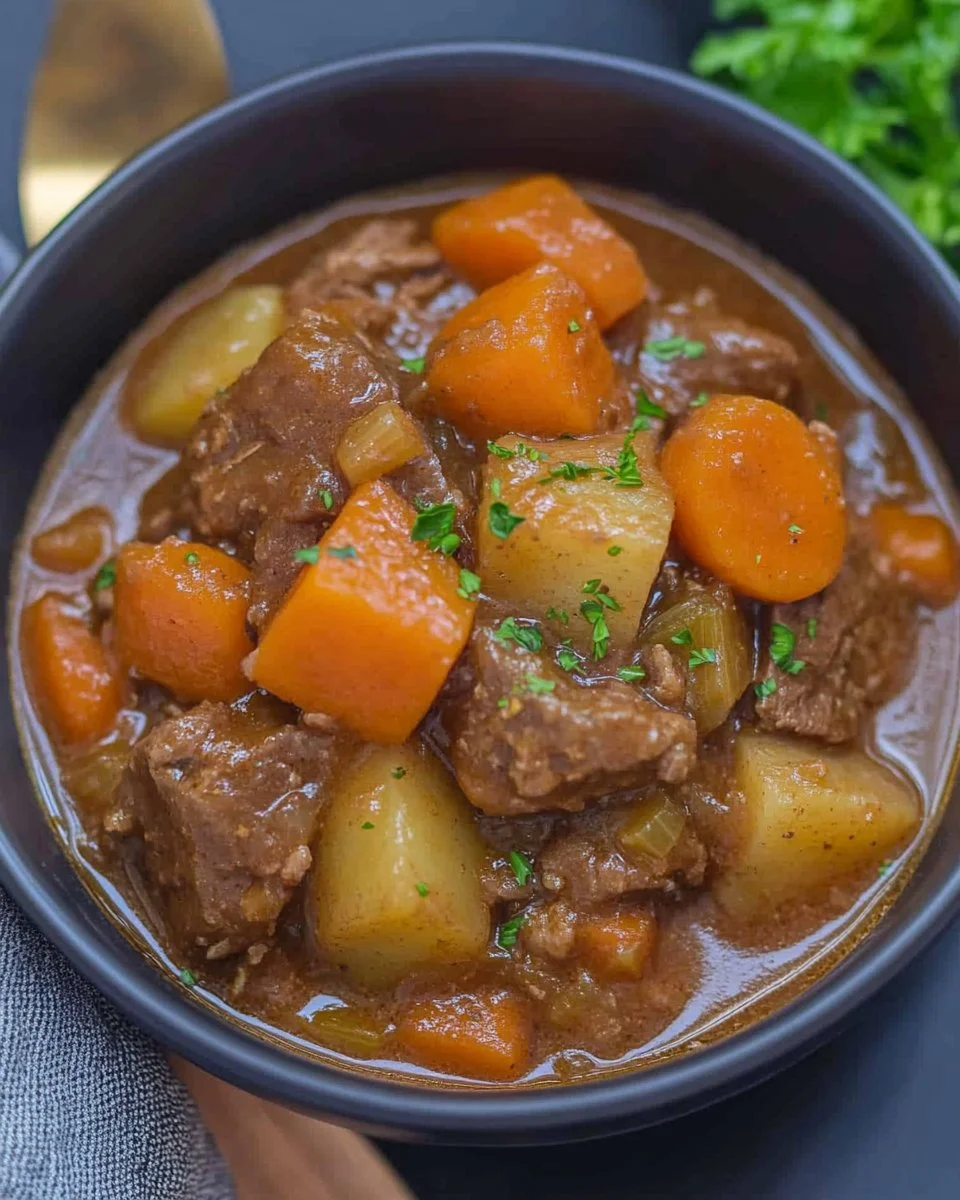There’s something undeniably comforting about a plate of tender chicken smothered in rich, flavorful gravy. It’s a classic dish that evokes feelings of warmth and home. But the secret to truly exceptional chicken and gravy recipes lies in the gravy. We’re not talking about bland, watery gravy – we’re talking about a luscious, velvety-smooth gravy that elevates the entire dish. This guide will provide you with all the knowledge you need to create an amazing chicken and gravy recipe, focusing on achieving that perfect, crave-worthy gravy.
Achieving a Luscious Chicken and Gravy Recipe: Key Principles
Before we dive into the specifics, let’s talk about the fundamental principles that make gravy truly luscious.
Understanding the Components of a Great Gravy: Fat, Flour, and Liquid
A great gravy is a harmonious blend of three key components:
- Fat: This provides richness and flavor. It can be butter, chicken drippings, oil, or a combination.
- Flour: This is the thickening agent. It combines with the fat to create a roux, which forms the base of the gravy.
- Liquid: This provides the body of the gravy. It can be chicken broth, stock, milk, or cream.
The ratio of these components determines the gravy’s consistency.
The Importance of Flavorful Stock: Homemade vs. Store-Bought
The liquid you use is crucial for flavor.
- Homemade Chicken Stock: This is the gold standard. It provides the most intense chicken flavor and a rich, gelatinous texture that contributes to a luscious gravy. Making your own stock is easier than you think – simply simmer chicken bones, vegetables, and aromatics in water for several hours.
- Store-Bought Chicken Broth: This is a convenient alternative. Choose a low-sodium variety so you can control the saltiness of the gravy. Look for broth that’s labeled “low sodium” and “no msg added.”
- Bouillon Cubes: Can be used, but not ideal.
Roux 101: The Foundation of a Smooth, Thick Gravy
A roux is a cooked mixture of equal parts fat and flour. It’s the key to thickening the gravy and creating a smooth, velvety texture.
- Melt the fat in a saucepan over medium heat.
- Whisk in the flour: Cook, stirring constantly, until the mixture forms a smooth paste and starts to smell nutty. The color of the roux will determine the flavor and color of the gravy. A lighter roux is used for lighter gravies, while a darker roux is used for richer, darker gravies. For chicken gravy, a blonde roux (cooked for just a few minutes) is usually sufficient.
- Cook Properly: The raw flour taste should be cooked out.
Seasoning Secrets: Beyond Salt and Pepper
Salt and pepper are essential, but don’t stop there!
- Herbs: Fresh or dried herbs like thyme, rosemary, sage, and bay leaf add depth and complexity.
- Spices: A pinch of garlic powder, onion powder, or paprika can enhance the flavor.
- Acidity: A squeeze of lemon juice or a splash of white wine can brighten the gravy and balance the richness.
- Umami Boosters: A dash of Worcestershire sauce or soy sauce can add a savory depth.
Choosing Your Ingredients for the Ultimate Chicken and Gravy Recipe
The quality of your ingredients directly impacts the final result.
Best Cuts of Chicken for Flavor and Tenderness
You have several options:
- Bone-in, Skin-on Chicken Pieces (Thighs, Drumsticks, Breasts): These provide the most flavor and are less likely to dry out during cooking. The bones and skin contribute to a richer gravy.
- Boneless, Skinless Chicken Breasts: These are leaner and cook faster, but they can be more prone to drying out. If using boneless breasts, consider poaching or pan-frying them to maintain moisture.
- Rotisserie Chicken: A great shortcut! It’s already cooked and flavorful, saving you time and effort.
Flour Power: All-Purpose vs. Other Thickeners (Cornstarch, Arrowroot)
- All-Purpose Flour: The classic choice for making a roux. It provides a good balance of thickening power and flavor.
- Cornstarch: A gluten-free alternative. It creates a glossier, more translucent gravy. Cornstarch is mixed with cold water to form a slurry before being added to the hot liquid.
- Arrowroot Powder: Another gluten-free option. It creates a clear, glossy gravy and has a more neutral flavor than cornstarch.
Selecting Your Fat: Butter, Chicken Drippings, or Oil
- Butter: Adds a rich, classic flavor to the gravy.
- Chicken Drippings: The rendered fat from cooking the chicken. This provides the most intense chicken flavor and is highly recommended if you’re roasting or pan-frying the chicken.
- Oil: A neutral-flavored oil like canola or vegetable oil can be used, but it won’t add as much flavor as butter or chicken drippings.
Dairy or No Dairy: Cream, Milk, or Broth-Based Gravy
- Broth-Based Gravy: The most traditional option, using chicken broth or stock as the primary liquid.
- Cream or Milk: Adding cream or milk creates a richer, creamier gravy. Use whole milk for a lighter result, or heavy cream for a more decadent gravy.
Best broth to use
The Best broth to use by far is homemade. If you can’t, then make sure to use a quality store-bought broth.
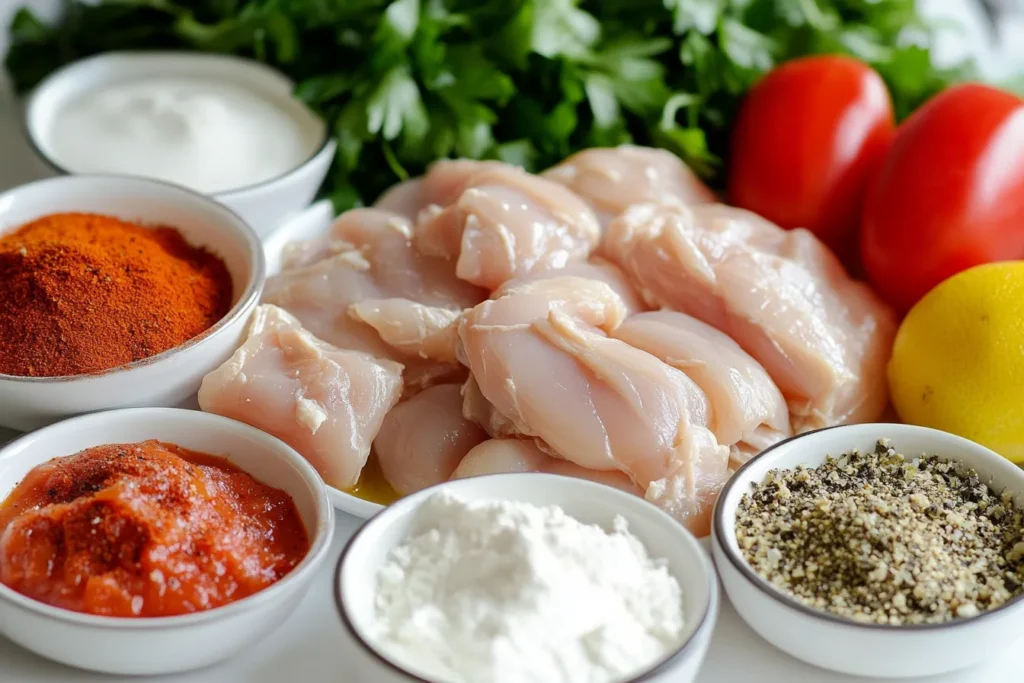
Step-by-Step Luscious Chicken and Gravy Recipe
Let’s put it all together! This recipe uses bone-in, skin-on chicken pieces for maximum flavor, but you can adapt it to use other cuts of chicken.
Step 1: Preparing the Chicken: Roasting, Pan-Frying, or Poaching
- Roasting: Preheat oven to 400°F (200°C). Season chicken pieces with salt, pepper, and any desired herbs or spices. Roast until cooked through (internal temperature of 165°F / 74°C). Reserve the pan drippings for the gravy.
- Pan-Frying: Heat oil in a large skillet over medium-high heat. Season chicken pieces and cook until browned on all sides and cooked through. Reserve the pan drippings for the gravy.
- Poaching: Gently simmer chicken pieces in broth or water until cooked through. This method is ideal for boneless, skinless chicken breasts.
Step 2: Making the Roux: Achieving the Perfect Color and Consistency
- In a saucepan or the same pan you used to cook the chicken (if using pan drippings), melt 4 tablespoons of butter (or use 4 tablespoons of chicken drippings) over medium heat.
- Whisk in 4 tablespoons of all-purpose flour.
- Cook, stirring constantly, for 2-3 minutes, until the mixture forms a smooth paste and starts to smell nutty. This is a blonde roux.
Step 3: Building the Gravy: Gradually Adding Liquid and Whisking
- Gradually whisk in 3 cups of warm chicken broth (or stock), adding a little at a time and whisking constantly to prevent lumps.
- Continue whisking until the gravy is smooth and has reached your desired consistency.
Step 4: Simmering and Seasoning: Developing Flavor Depth
- Bring the gravy to a simmer.
- Reduce the heat to low and cook for 5-10 minutes, stirring occasionally, to allow the flavors to meld.
- Season with salt, pepper, and any desired herbs or spices (see “Seasoning Secrets” above).
Step 5: Finishing Touches: Adding the Chicken and Adjusting Consistency
- Add the cooked chicken to the gravy.
- If the gravy is too thin, continue to simmer until it reaches your desired consistency. If it’s too thick, add a little more broth or water.
- Taste and adjust seasonings as needed.
Mastering Gravy Consistency: Thickening and Thinning Techniques
Let’s explore how to control the gravy’s texture.
How to Thicken Gravy: Roux, Slurry, or Pureeing
- Roux: The most common method, as described above.
- Slurry: Whisk together 1-2 tablespoons of cornstarch or flour with an equal amount of cold water. Slowly whisk the slurry into the simmering gravy until thickened.
- Pureeing: For a vegetable-based gravy, you can puree some of the cooked vegetables to add thickness.
How to Thin Gravy: Adding More Broth or Liquid
Simply whisk in more broth, stock, water, or milk until the gravy reaches your desired consistency.
Fixing Lumpy Gravy: Straining or Blending
- Straining: Pour the gravy through a fine-mesh sieve to remove any lumps.
- Blending: Use an immersion blender or a regular blender to carefully blend the gravy until smooth.
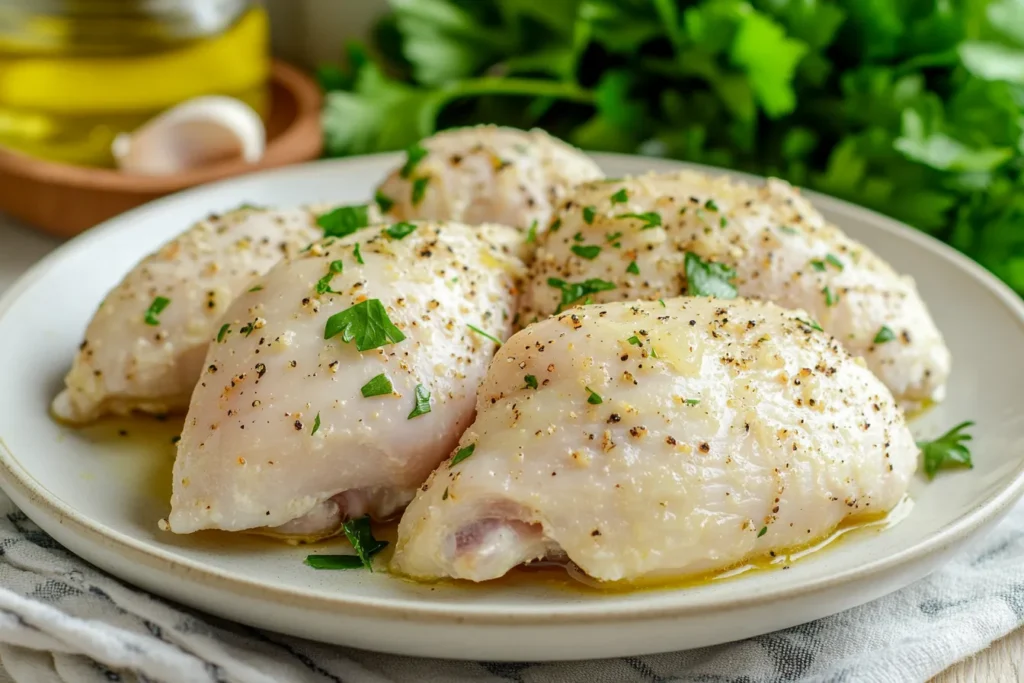
Troubleshooting Common Chicken and Gravy Recipe Problems
Let’s address some common issues.
My Gravy is Too Thin: Quick Fixes
- Make a slurry (see above).
- Continue simmering to reduce the liquid.
- Add a little bit of mashed potato flakes (yes, really!).
My Gravy is Too Thick: How to Thin It Out
- Add more broth, stock, water, or milk.
My Gravy is Lumpy: Achieving a Smooth Texture
- Strain or blend (see above).
- Make sure you’re whisking constantly when adding the liquid to the roux.
My Gravy Lacks Flavor: Boosting the Taste
- Add more salt and pepper.
- Stir in some herbs or spices.
- Add a squeeze of lemon juice or a splash of white wine.
- Add a dash of Worcestershire sauce or soy sauce.
- Use a more flavorful broth or stock.
Variations on Classic Chicken and Gravy Recipe
Once you’ve mastered the basic recipe, get creative!
Creamy Chicken and Gravy Recipe: Adding Dairy for Extra Richness
Stir in 1/2 cup to 1 cup of heavy cream or milk during the last few minutes of cooking.
Mushroom Chicken and Gravy Recipe: A Flavorful Twist
Sauté sliced mushrooms in butter before making the roux, or add them to the gravy along with the chicken.
Herb-Infused Chicken and Gravy Recipe: Adding Fresh or Dried Herbs
Add fresh or dried herbs like thyme, rosemary, sage, or bay leaf to the gravy while simmering.
Spicy Chicken and Gravy Recipe: Adding Heat with Peppers or Spices
Add a pinch of cayenne pepper, red pepper flakes, or a chopped jalapeño to the gravy.
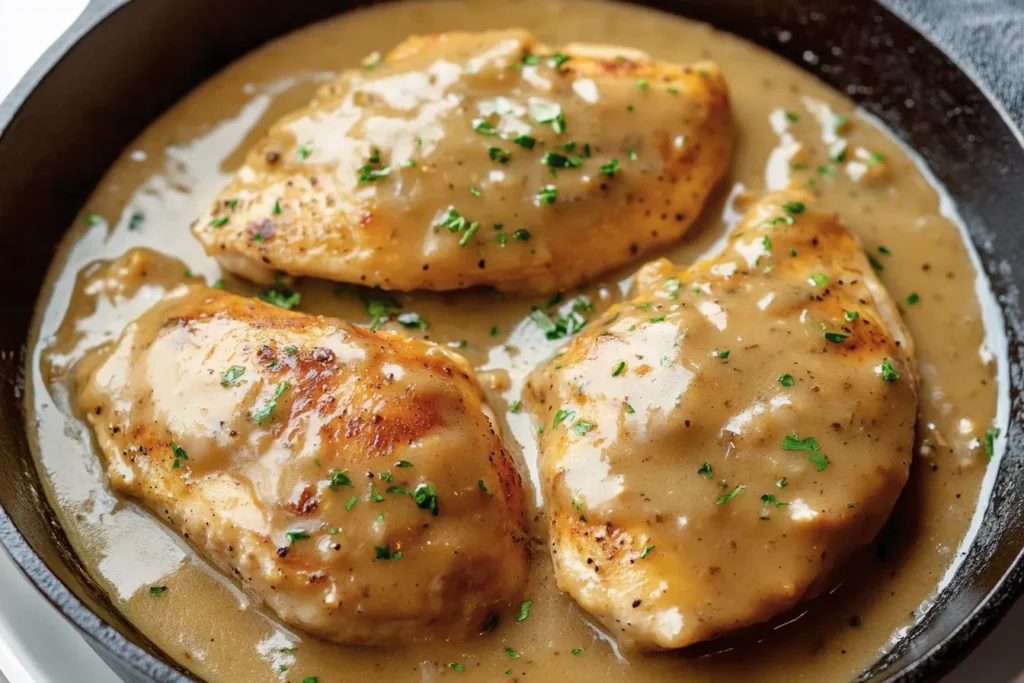
Different methods to cook.
There are other methods to prepare this delicious recipe.
Slow Cooker method
Combine all ingredients in a slow cooker.
Cook on low for 6-8 hours or on high for 3-4 hours.
Instant Pot method
Use the sauté function to brown the chicken.
Add remaining ingredients and cook on high pressure for 10-12 minutes.
Use natural pressure release.
One Pan Method.
Cook chicken in a pan.
Remove chicken, and keep it warm
Prepare the gravy in the same pan.
Add Chicken.
Serving Suggestions and Perfect Pairings
Make it a complete meal!
Classic Comfort Food Pairings: Mashed Potatoes, Biscuits, Rice
These are classic pairings for a reason! The creamy mashed potatoes, fluffy biscuits, or absorbent rice are perfect for soaking up the luscious gravy.
Vegetable Side Dishes: Green Beans, Peas, Carrots
Add some color and nutrients to your plate with a side of vegetables.
Beyond the Basics: Creative Serving Ideas
- Serve over waffles for a savory twist on chicken and waffles.
- Use as a filling for pot pie.
- Serve over pasta or polenta.
Frequently Asked Questions
Let’s answer some common questions.
Can I Make Chicken and Gravy Recipe Ahead of Time?
Yes! You can make the gravy ahead of time and store it in the refrigerator for up to 3 days. Reheat gently over low heat, adding a little more broth or water if needed to adjust the consistency. You can also cook the chicken ahead of time and store it separately.
How Do I Store Leftover Chicken and Gravy?
Store leftover chicken and gravy in an airtight container in the refrigerator for up to 3-4 days.
Can I Freeze Chicken and Gravy?
Yes, you can freeze chicken and gravy. However, the texture of the gravy might change slightly upon thawing. It’s best to freeze the chicken and gravy separately. Thaw in the refrigerator overnight and reheat gently.
What’s the Best Way to Reheat Chicken and Gravy?
Reheat gently over low heat on the stovetop, adding a little more broth or water if needed to adjust the consistency. You can also reheat it in the microwave, but be careful not to overheat it, as this can make the chicken tough.
How to make a Chicken and gravy recipe without cream of mushroom soup.
This whole post is about making it without the cream of mushroom soup. Just follow the recipe and steps above.
There you have it – everything you need to know to create a truly luscious and unforgettable chicken and gravy recipe. From understanding the key principles to mastering the techniques, you’re now equipped to make this classic comfort food dish the best it can be. So, gather your ingredients, get cooking, and enjoy! Now, go forth and create some gravy magic!

